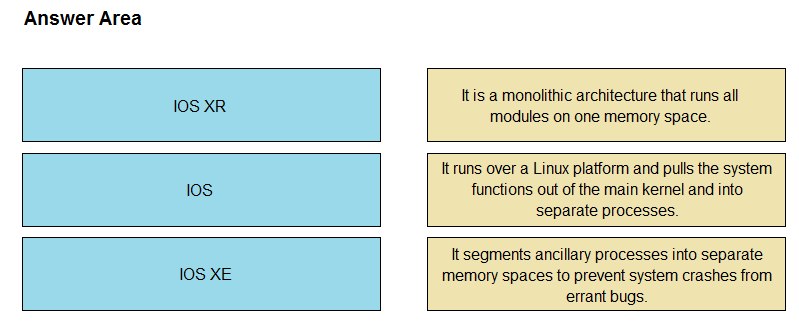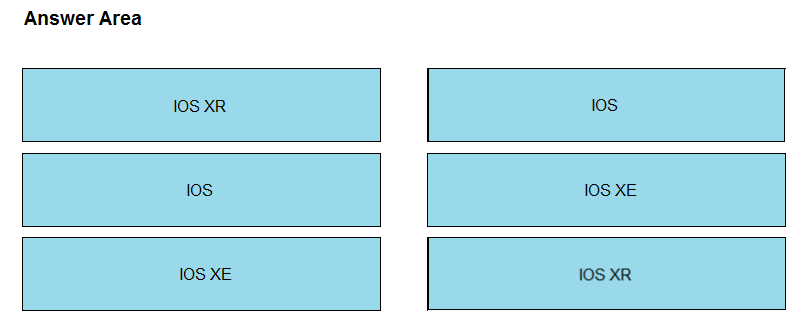Implementing and Operating Cisco Service Provider Network Core Technologies (SPCOR)
Here you have the best Cisco 350-501 practice exam questions
- You have 347 total questions to study from
- Each page has 5 questions, making a total of 70 pages
- You can navigate through the pages using the buttons at the bottom
- This questions were last updated on March 26, 2025



